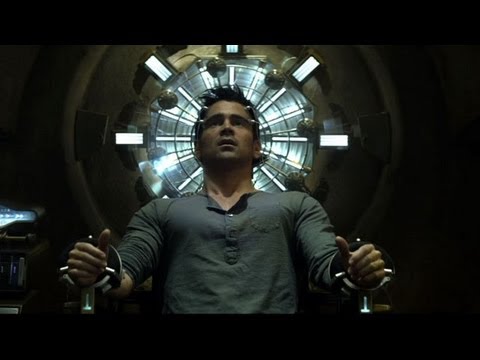The Fascinating History of Pinball: From Bagatelle to Computerized Machines
Summary
Michael Schiess, founder of the Pacific Pinball Museum, talks about the history and evolution of pinball machines. From the first commercial pinball machine made in 1869 to the introduction of flippers in the 1940s and the shift to computerized machines in the 1970s, Schiess shares his love for the art and engineering behind pinball. While he is not a fan of the industry’s trend toward licensing movies and TV shows for pinball machines, Schiess still believes that pinball offers something that video games cannot – the tactile, interactive experience of playing with others.
Table of Contents
- The Origins of Pinball
- Pinball as a Form of Gambling
- Pinball’s Legal Troubles
- The Evolution of Pinball Machines
- From Electromechanical to Computerized Machines
- The Role of Art in Pinball
- Why Pinball Still Matters
The Origins of Pinball
Pinball machines have come a long way since their origins in the French game of Bagatelle. Early pinball machines consisted of nails driven into the playfield for the ball to bounce off of. The term “pinball” comes from these games, as the nails were referred to as pins.
Pinball as a Form of Gambling
Before flippers were introduced in the 1940s, pinball machines were considered a form of gambling. This caught the attention of Fiorello LaGuardia, the mayor of New York City from 1934-1945, who hated gambling and made it his mission to eliminate it from the city. LaGuardia even went so far as to destroy 25,000 slot machines and used the wooden legs from pinball machines to make billy clubs to beat operators.
Pinball’s Legal Troubles
LaGuardia eventually succeeded in making pinball machines illegal during WWII by arguing that they used materials needed for the war effort. While they remained banned in New York City until the mid-1970s, pinball machines only grew in popularity in the post-war era.
The Evolution of Pinball Machines
Flippers were introduced in the 1940s, which gave players more control and turned pinball into a game of skill rather than luck. Over the decades, pinball machines evolved from wooden frames to steel and the artwork and playfields became more complex and noisy. This was incremental compared to the next big change – the shift from electromechanical to computerized machines in the 1970s.
From Electromechanical to Computerized Machines
The introduction of computer-controlled pinball machines changed everything for the industry. While some, like Schiess, preferred the slower pace and complexity of electromechanical machines, the speed and instant scoring of computerized machines opened the door for new bells and whistles. Today’s pinball machines come with all sorts of toys, noise, flashing lights, and even flat-screen TVs for scoring.
The Role of Art in Pinball
The artwork on the backglass of pinball machines is a major part of their appeal. Williams, one of the leading pinball manufacturers, stayed away from using scantily clad women and instead focused on scientific achievements and other subjects. But as licensing opportunities arose, more and more pinball machines featured characters and themes from movies and TV shows. Schiess prefers the original artwork and concepts of pinball machines.
Why Pinball Still Matters
Despite the rise of video games and the decline of video arcades, pinball still holds a special place in the hearts of many. The tactile feeling of controlling a ball on a playfield and the social interaction of playing with others set pinball apart from video games. Schiess believes that pinball has a bright future, as there is still so much more that can be done with gravity and a ball on a playfield.
Conclusion
Pinball has a fascinating history that spans over a century, from its origins in Bagatelle to its evolution into computerized machines with flashy lights and sounds. While some may lament the trend toward licensing movies and TV shows, pinball still offers a unique, interactive experience that video games cannot match. As Schiess says, pinball has a bright future ahead, and we can’t wait to see where it goes from here.






